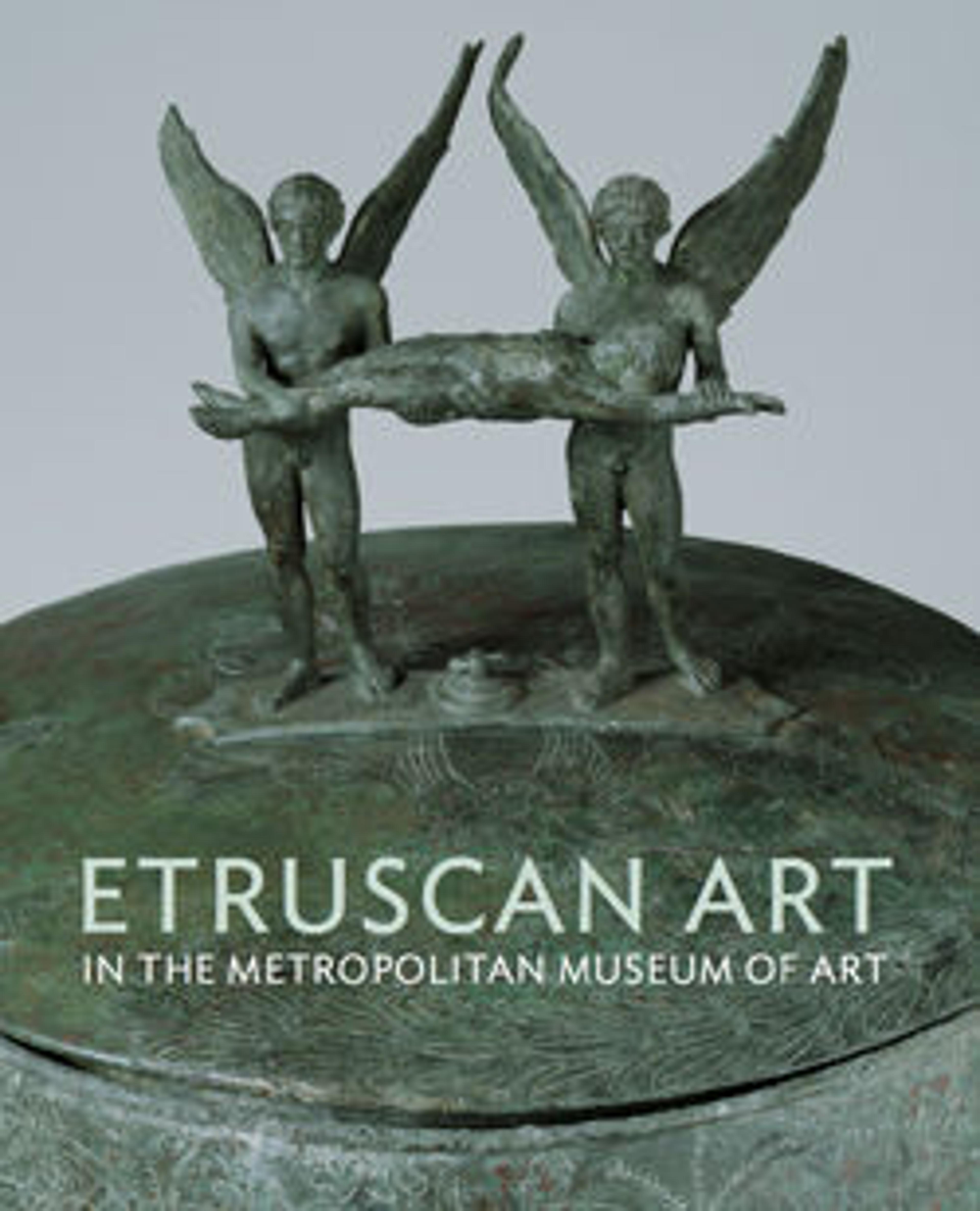Terracotta duck-askos (flask with spout and handle)
This Etruscan pottery style is associated with workshops active in Chiusi and Volterra during the second half of the fourth century B.C. In addition to the duck's body and wings with carefully rendered feathers, each side is decorated with a floating nude female holding a ribbon. On some related pieces, these figures are winged and have often been identified as Etruscan lasas, nymph-like characters frequently depicted on engraved mirrors and pottery. The precise function of duck-askoi has been hotly debated. Many seem too large to have been used for expensive scented oils and instead may have contained lamp oil or olive oil. Because some earlier duck-askoi have been found with a special type of barrel-shaped vase, some scholars have suggested a connection with wine.
Artwork Details
- Title: Terracotta duck-askos (flask with spout and handle)
- Artist: Attributed to the Clusium Group
- Period: Late Classical
- Date: ca. 350–325 BCE
- Culture: Etruscan
- Medium: Terracotta; red-figure
- Dimensions: H. 5 5/8 in. (14.3 cm)
- Classification: Vases
- Credit Line: Rogers Fund, 1919
- Object Number: 19.192.14
- Curatorial Department: Greek and Roman Art
More Artwork
Research Resources
The Met provides unparalleled resources for research and welcomes an international community of students and scholars. The Met's Open Access API is where creators and researchers can connect to the The Met collection. Open Access data and public domain images are available for unrestricted commercial and noncommercial use without permission or fee.
To request images under copyright and other restrictions, please use this Image Request form.
Feedback
We continue to research and examine historical and cultural context for objects in The Met collection. If you have comments or questions about this object record, please contact us using the form below. The Museum looks forward to receiving your comments.
